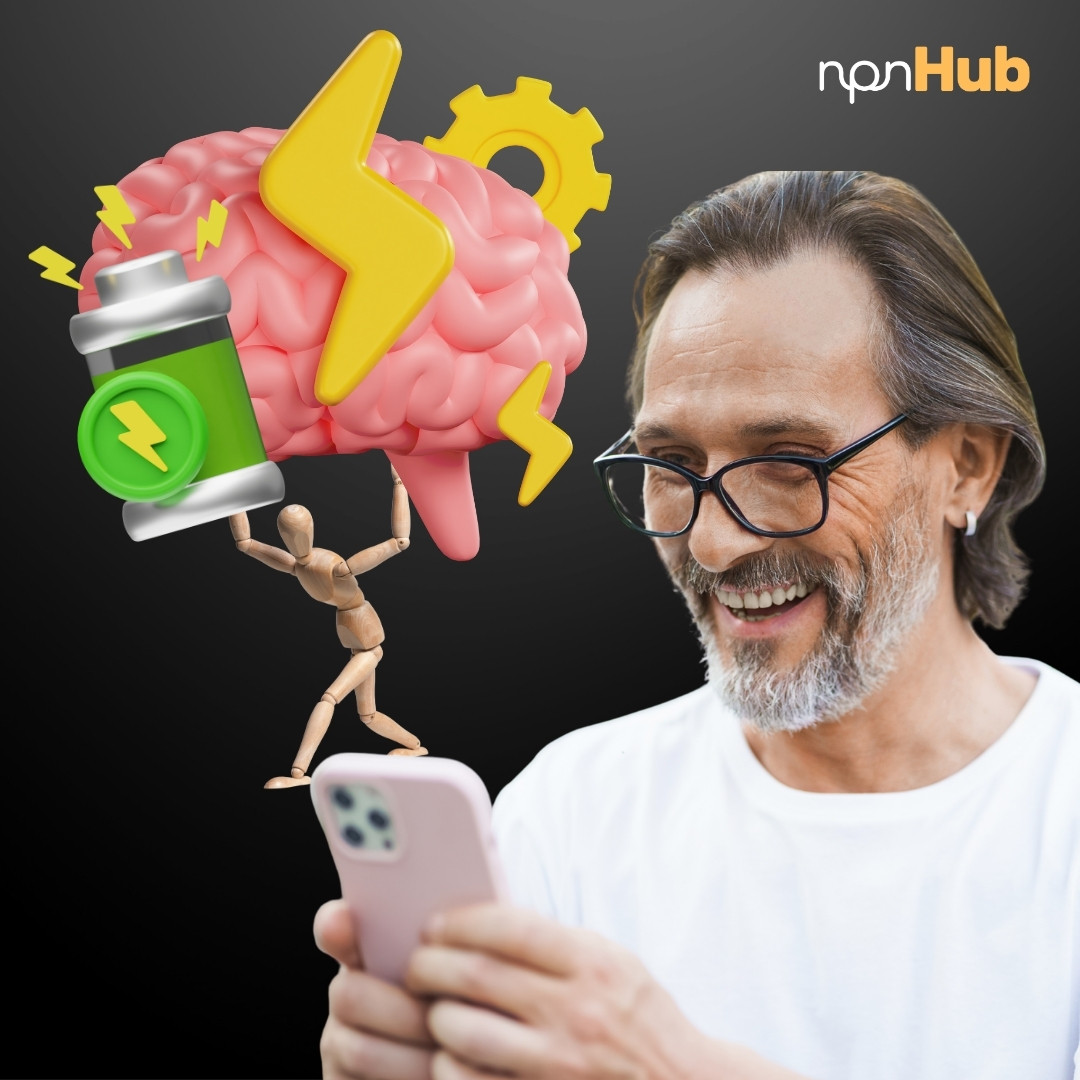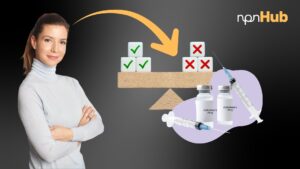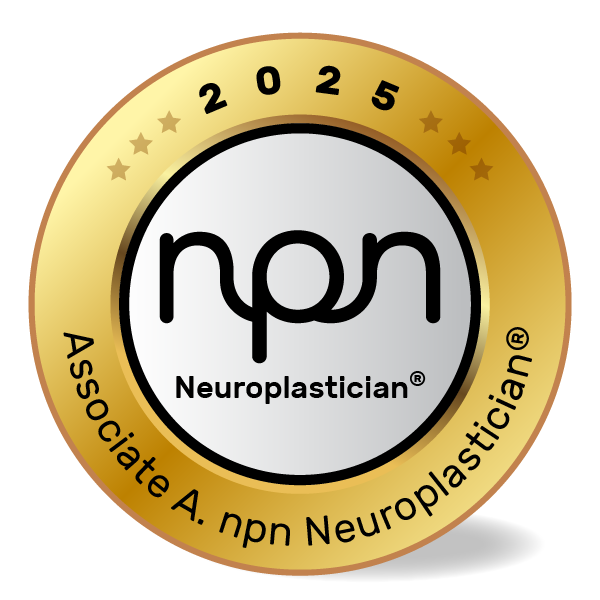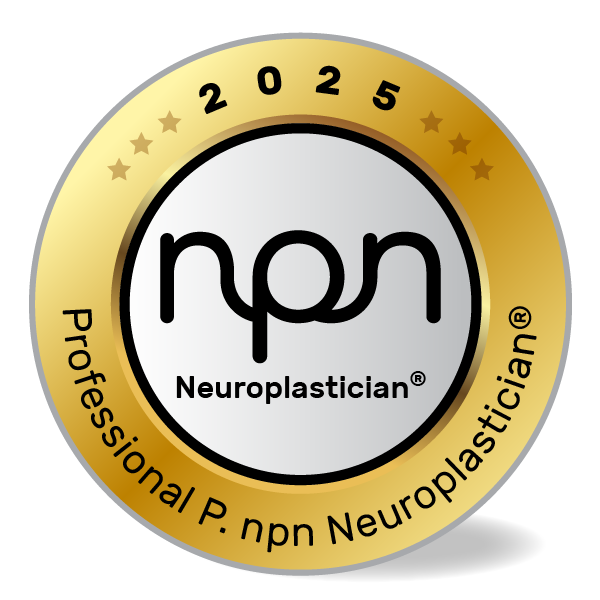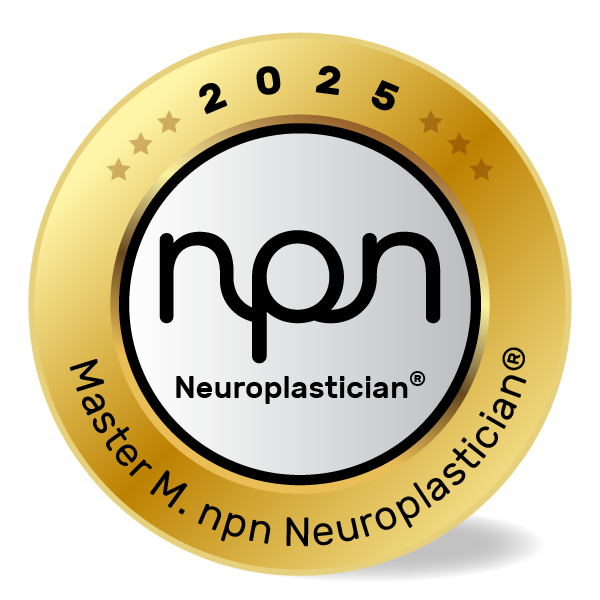Science-Backed Strategies to Rewire Thought, Boost Focus, and Unlock Cognitive Agility
npnHub Editorial Member: Willem Royaards curated this blog
Key Points
- Neuroplasticity enables the brain to adapt, grow, and rewire in response to repeated behaviors and intentional practice.
- Daily micro-habits can activate brain regions like the prefrontal cortex and hippocampus to enhance memory, learning, and decision-making.
- Neuroscience-backed interventions such as novelty exposure, focused attention, and deep rest are powerful neuroplasticity hacks.
- Coaches, educators, and healthcare professionals can apply these strategies to support clients in lasting cognitive transformation.
1. What is Neuroplasticity?
Picture a coach working with a client recovering from burnout. The client feels stuck in old habits, unable to focus, and emotionally flat. During a check-in session, the coach introduces a simple practice: a 10-minute daily brain-training protocol that includes breathwork and focused visualization. A month later, the client reports not only better concentration but also a deeper sense of clarity and confidence.
This story, while illustrative, highlights what’s possible when we understand and use neuroplasticity intentionally.
Neuroplasticity is the brain’s ability to reorganize itself by forming new neural connections throughout life. Once believed to be fixed after childhood, we now know the brain remains malleable well into adulthood, thanks to research by pioneers like Dr. Michael Merzenich, often dubbed the “father of neuroplasticity” (Merzenich, 2013). This process allows people to rewire thought patterns, learn new skills, and recover from trauma or neurological conditions.
Studies show that targeted mental and behavioral interventions can change brain structure and function, particularly in regions like the hippocampus, prefrontal cortex, and motor cortex (Lazar et al., 2005).
2. The Neuroscience of Neuroplasticity
An educator working with adult learners noticed one student constantly struggling with retention. Instead of adding pressure, she introduced brain-based study techniques – like spaced repetition and multisensory encoding. Over weeks, not only did the student’s memory improve, but brain scans (part of a case-study partnership with a local university) revealed enhanced activity in the left dorsolateral prefrontal cortex, linked to working memory.
This fictional story illustrates a truth emerging from modern neuroscience: the brain rewires based on demand and environment.
Neuroplasticity occurs when neurons in the brain adapt their connectivity in response to experience. This is regulated by key neurotransmitters – especially dopamine, which acts as a reinforcement signal, and acetylcholine, which supports attention. Regions like the hippocampus (memory), basal ganglia (habits), and the anterior cingulate cortex (error monitoring) play central roles.
As Dr. Norman Doidge explains in The Brain That Changes Itself, repetition combined with emotional engagement and focused attention rewires synaptic pathways (Doidge, 2007). The takeaway: plasticity isn’t just about learning – it’s about intentional neuro-sculpting.
3. What Neuroscience Practitioners, Neuroplasticians, and Well-being Professionals should know about Neuroplasticity
In a corporate training program, a facilitator noticed that some participants easily adopted mindfulness practices while others found them frustrating. Instead of assuming resistance, she reframed the approach, helping each group find their own neuroplastic “entry point” – be it through movement, sound, or narrative. This flexibility unlocked transformation across cognitive styles.
This story illustrates what professionals must understand: one-size-fits-all neuroplasticity doesn’t exist.
Here are some frequently asked questions practitioners encounter:
- How long does it take to rewire a habit or emotional response?
- Can we undo neural patterns associated with trauma or chronic stress?
- Is there a risk of reinforcing negative neuroplasticity?
There’s still a myth that neuroplasticity only benefits those recovering from brain injury. But as research from Stanford and the NIH confirms, neuroplasticity is happening all the time – in every brain, every day (Source).
The challenge is direction: are we shaping neural networks toward resilience, focus, and wellbeing – or reinforcing patterns of stress, distraction, and anxiety?
Understanding neurodiversity adds another layer. Individual brain differences mean that plasticity must be personalized. Strategies that activate dopamine in one client may overwhelm another.
4. How Neuroplasticity affects brain pathways
Every time a client practices mindful breathing, recalls a positive memory, or breaks a toxic behavior pattern, their brain changes. Neuroplasticity is a use-dependent process: neurons that “fire together wire together,” as Hebb’s Law states (Source).
This means repeated behaviors – whether adaptive or maladaptive – create more efficient neural circuits. In fact, the more a neural pathway is used, the more myelinated it becomes, improving speed and signal strength. This explains why habits, both helpful and harmful, become second nature over time.
Research by Dr. Eleanor Maguire showed that London taxi drivers had larger hippocampi, linked to spatial navigation, after years of route memorization (Maguire et al., 2000). Similarly, long-term meditators show increased cortical thickness in areas related to attention and emotional regulation (Lazar et al., 2005).
For neurodiverse individuals, this plasticity can work in unique ways. Repeated focus on pattern recognition, for example, can strengthen right-hemisphere regions in autistic individuals.
5. Neuroscience-Backed Interventions to supercharge Neuroplasticity
Why Behavioral Interventions matter
Many clients struggle with entrenched mental patterns – rumination, low motivation, or attention fragmentation. Without intervention, neuroplasticity can reinforce these states. Practitioners must guide clients toward brain-healthy behaviors that catalyze positive rewiring.
Let’s explore the most effective science-backed hacks.
1. Novelty Exposure
Concept: New experiences increase dopamine release, which primes the brain for learning and plasticity (Gruber et al., 2014).
Example: A well-being coach introduces weekly novelty challenges to stimulate cognitive engagement for a client experiencing mental stagnation.
✅ Intervention:
- Encourage clients to try something new each week (language, route, food).
- Assign “novelty journaling” to track insights and emotional reactions.
- Use novelty to prime attention before introducing harder cognitive tasks.
2. Deep Rest and Non-Sleep Deep Rest (NSDR)
Concept: Neural consolidation occurs during rest, especially NSDR protocols like Yoga Nidra and guided meditation (Huberman Lab).
Example: A neuroplastician working with an executive introduces daily 10-minute NSDR to accelerate integration after focus sessions.
✅ Intervention:
- Guide clients in using NSDR after learning tasks to enhance memory.
- Recommend NSDR or Yoga Nidra before bed for stress-prone clients.
- Use wearable tech (if available) to track effects on HRV and sleep quality.
3. Attention Training
Concept: Focused attention boosts acetylcholine, sharpening neuroplasticity windows (Sarter et al., 2006).
Example: A learning specialist helps students set Pomodoro-style intervals with built-in reflection time to train deep work.
✅ Intervention:
- Structure 25-minute focus blocks followed by 5-minute review pauses.
- Encourage visual anchors or breathing techniques to reset attention.
- Practice “meta-awareness” by journaling about focus quality.
4. Embodied Learning and Movement
Concept: Movement integrates sensory and motor networks, enhancing retention and mood (Ratey, 2008).
Example: A coach supporting ADHD clients incorporates “walk-and-talk” coaching or kinesthetic learning modules.
✅ Intervention:
- Pair cognitive tasks with movement (e.g., reciting while pacing).
- Use cross-body movements to activate corpus callosum.
- Introduce balance-based games to strengthen sensorimotor integration.
6. Key takeaways
Neuroplasticity is not just a scientific concept – it’s a daily reality that shapes your brain and your clients’ potential. Whether you’re a coach, educator, or practitioner, the right interventions can rewire mental patterns, reduce cognitive friction, and unlock new dimensions of performance and wellbeing.
🔹 The brain rewires in response to attention, emotion, and repetition.
🔹 You can “train” focus, memory, and even resilience through structured practice.
🔹 Every habit, positive or negative, strengthens a neural pathway.
🔹 Small, consistent interventions create massive long-term change.
🔹 Embracing personalized neuroplasticity strategies enhances every coaching or therapeutic outcome.
7. References
- Merzenich, M. (2013). Soft-Wired: How the New Science of Brain Plasticity Can Change Your Life. Parnassus. https://lindagraham-mft.net/soft-wired-how-the-new-science-of-brain-plasticity-can-change-your-life/
- Lazar et al. (2005). Meditation experience is associated with increased cortical thickness. NeuroReport, 16(17), 1893–1897.https://pmc.ncbi.nlm.nih.gov/articles/PMC1361002/
- Gruber, M. J., et al. (2014). States of curiosity modulate learning via dopaminergic circuits. Neuron, 84(2), 486–496.https://pubmed.ncbi.nlm.nih.gov/25284006/
- Maguire, E. A., et al. (2000). Navigation-related structural change in the hippocampi of taxi drivers. PNAS, 97(8), 4398–4403.https://www.pnas.org/doi/10.1073/pnas.070039597
- Doidge, N. (2007). The Brain That Changes Itself. Penguin Books. https://yurttutan.info/wp-content/uploads/2017/12/Doidge-Brain-Changes-Itself.pdf
- Sarter, M., et al. (2006). The cortical cholinergic input system: role in attention and plasticity. Current Opinion in Neurobiology, 16(2), 202–207.https://pubmed.ncbi.nlm.nih.gov/14521867/

